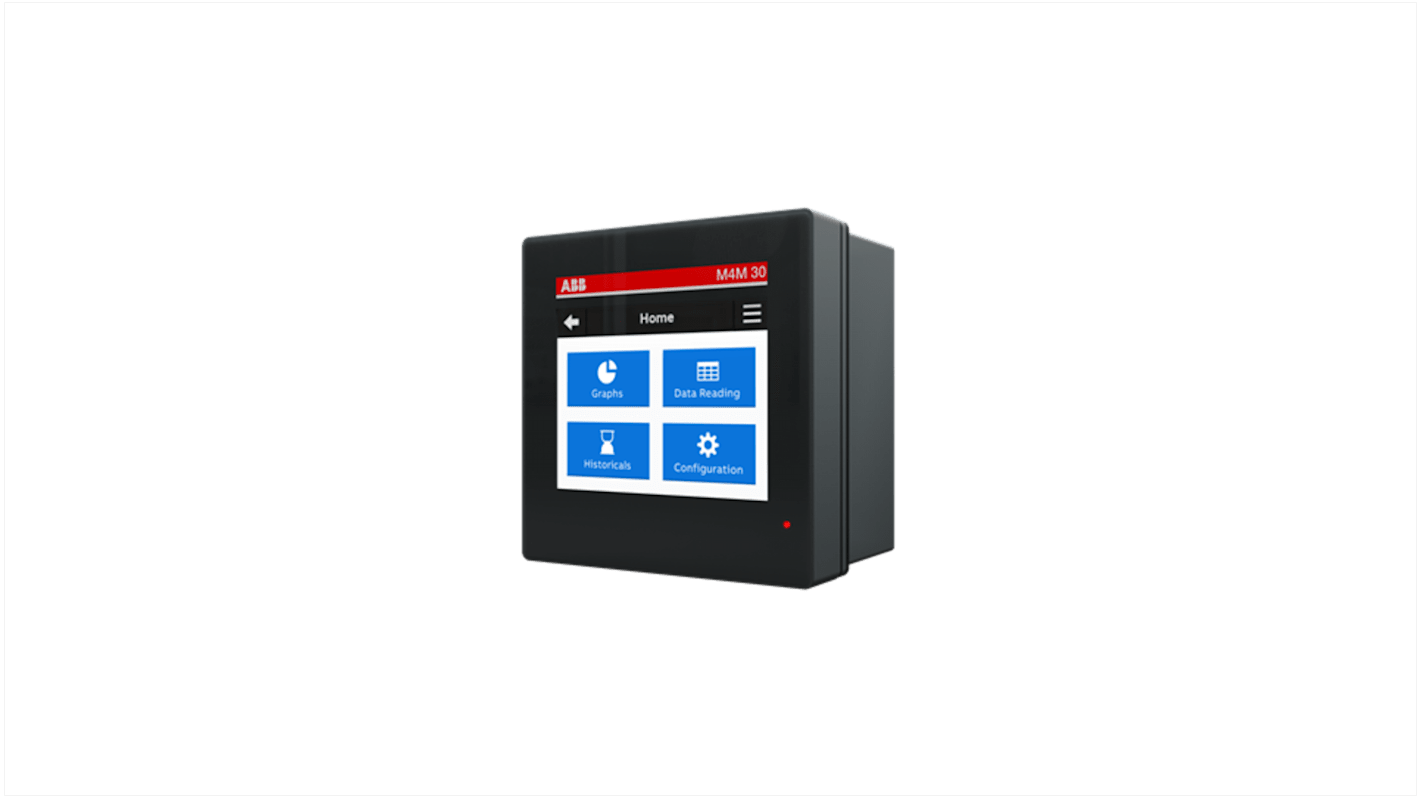ABB 3 Phase Power Monitoring DeviceTransformer Connected
- RS Stock No.:
- 231-9905
- Mfr. Part No.:
- 2CSG202461R4051 M4M30 Rogo
- Brand:
- ABB

Subtotal (1 unit)*
£640.02
(exc. VAT)
£768.02
(inc. VAT)
FREE delivery for orders over £50.00
Temporarily out of stock
- Shipping from 08 December 2025
Need more? Click ‘Check delivery dates’ to find extra stock and lead times.
Units | Per unit |
|---|---|
| 1 + | £640.02 |
*price indicative
- RS Stock No.:
- 231-9905
- Mfr. Part No.:
- 2CSG202461R4051 M4M30 Rogo
- Brand:
- ABB
Specifications
Technical Reference
Legislation and Compliance
Product Details
Find similar products by selecting one or more attributes.
Select all | Attribute | Value |
|---|---|---|
| Brand | ABB | |
| Series | M4M 30 | |
| Cutout Height | 96mm | |
| Cutout Width | 96mm | |
| Number of Phases | 3 | |
| Number of Inputs | 4 | |
| Pulse Output | Yes | |
| Number of Outputs | 4 | |
| Depth | 77mm | |
| Meter Accuracy | ±0.5 % | |
| Minimum Temperature | -25°C | |
| Maximum Temperature | +70°C | |
| Meter Type | Transformer Connected | |
Select all | ||
|---|---|---|
Brand ABB | ||
Series M4M 30 | ||
Cutout Height 96mm | ||
Cutout Width 96mm | ||
Number of Phases 3 | ||
Number of Inputs 4 | ||
Pulse Output Yes | ||
Number of Outputs 4 | ||
Depth 77mm | ||
Meter Accuracy ±0.5 % | ||
Minimum Temperature -25°C | ||
Maximum Temperature +70°C | ||
Meter Type Transformer Connected | ||
- COO (Country of Origin):
- IT
ABB Power Monitoring Device, Network Analyser Type, 4 Programmable I/O Channels - M4M 30 Series - 2CSG202461R4051 M4M30 Rogo
Need a versatile solution that lets you keep an eye on the energy consumption and network performance of your machinery? This power monitoring device from ABB is the right candidate for the job. It's a network analyser you can use to measure the traffic and performance of your data systems, as well as for troubleshooting. As the device is designed to accept a Rogowski coil, it comes in handy when you want to read the alternating current rating of your wiring without making direct physical contact.
Features & Benefits
• Pulse output rate between 1 and 999,999 to detect low and high pulses
• 4 programmable I/O channels for versatile operation
• Integrated Bluetooth and Modbus RTU protocols for convenient data transmission
• Active energy accuracy of ±0.5% for reduced risk of errors
• 4 programmable I/O channels for versatile operation
• Integrated Bluetooth and Modbus RTU protocols for convenient data transmission
• Active energy accuracy of ±0.5% for reduced risk of errors
Applications
• Server rooms
• Medical facilities
• Office buildings
• Communications equipment
• Medical facilities
• Office buildings
• Communications equipment
How does a Rogowski coil work?
A Rogowski coil measures the alternating or pulsed current from a conductor by reading the magnetic field it generates. As it doesn't need to be in direct contact with the conductor, this helps to reduce the risk of electrical hazards.
Related links
- ABB 3 Phase Power Monitoring DeviceTransformer Connected
- ABB 3 Phase LCD Screen Power Monitoring DeviceTransformer Connected
- ABB Power Monitoring DeviceTransformer Connected
- ABB 3 Phase Power Monitoring Device
- ABB 3 Phase LCD Energy MeterTransformer Connected
- ABB 3 Phase LCD Energy MeterDirect Connected
- ABB 3 Phase Pixel Oriented Energy MeterTransformer Connected
- Energy Meters
